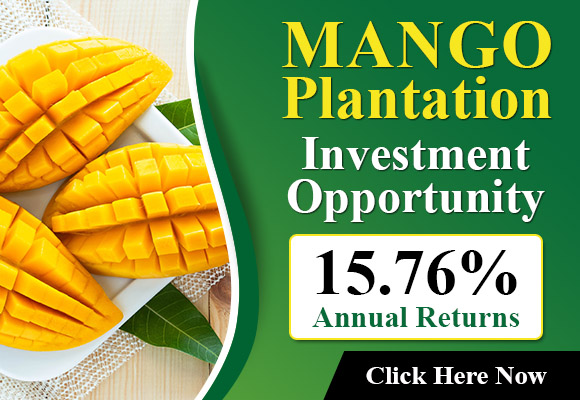The Guatemalan avocado industry is at a decisive stage to access the U.S. market. According to Francis W. Bruderer, president of Anaguacate, the Working Plan has already been signed, but definite approval by the USDA, which has yet to carry out a field inspection, is still pending. In the meantime, the association, with the support of NGOs, has intensified training for small producers in different departments of the country to ensure compliance with the protocol’s requirements.
 © Anaguacate
© Anaguacate
Bruderer says that the biggest challenge for Guatemalan growers is maintaining discipline in agricultural practices, from sowing to harvesting, which is a prerequisite for competing in demanding markets such as the United States and Europe.
According to Anaguacate’s estimates, between 500 and 700 hectares would be ready for export under the USDA protocol, with between 4 and 5 packing houses ready. This would be equivalent to around 5,000 tons, or around 100 containers per year; a small volume compared to Mexico, which exports up to 1,200 containers per week in high season. Guatemala currently has around 4,000 hectares of technified avocado plantations.
 © Anaguacate
© Anaguacate
Although the initial impact on the U.S. market would be limited, Bruderer recalls that the process developed similarly in Europe: the country went from 100 containers in the first years to 500-600 containers in 2024.
In terms of quality, Guatemalan avocado stands out for its fat content and buttery texture, with similarities to the Mexican product. It fares well in comparative tastings against fruit from other countries, such as Peru, Chile, or Colombia.
In addition to the United States, Guatemala is also working on protocols with Chile and Argentina, which could be finalized in 2026. The country is also looking to gain access to Asian markets, including Japan and Korea, to diversify destinations and allow the marketing of fruit that doesn’t meet the strict visual standards of Europe and North America.
 © Anaguacate
© Anaguacate
The Guatemalan avocado season for the European market starts in September in the lower areas and lasts until March-April in the higher areas, coinciding with the end of the Peruvian season, which offers good commercial opportunities.
By 2025, volumes exported to Europe are expected to grow by 20%, reaching between 600 and 700 containers. International players such as Mission, with operations in Guatemala and a new packing plant, have already started shipments to this market.
“Prices in the European market are more stable in September and October, after Peru’s exit, which puts Guatemalan avocados in a good position,” he says.
 © Anaguacate For more information:
© Anaguacate For more information:
Francis W. Bruderer
Anaguacate
Guatemala
Tel.: +502 5511 4381
[email protected]
www.anaguacate.com
Source: The Plantations International Agroforestry Group of Companies
